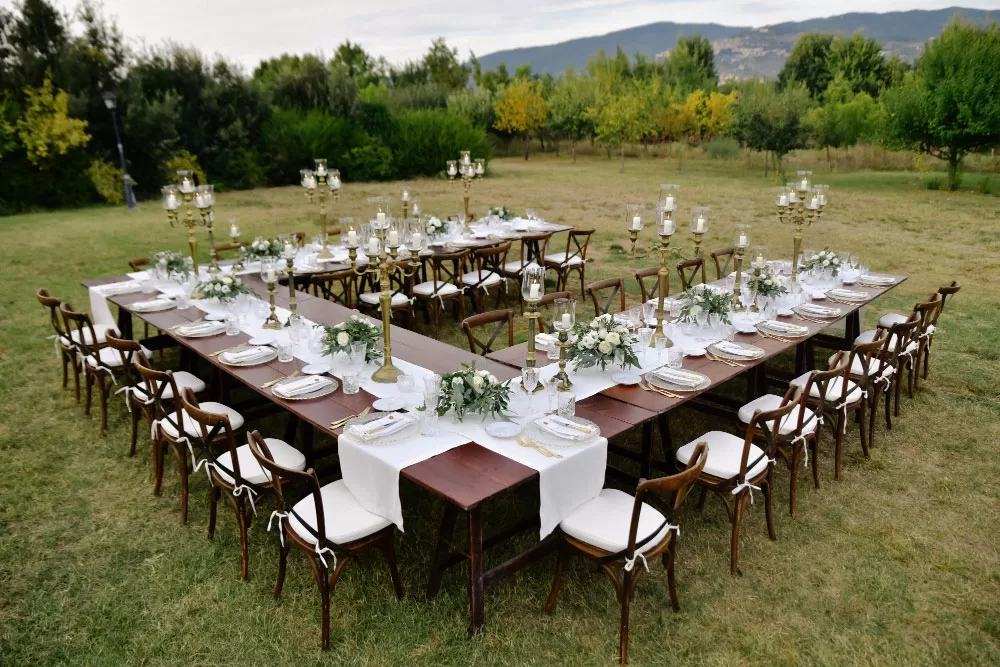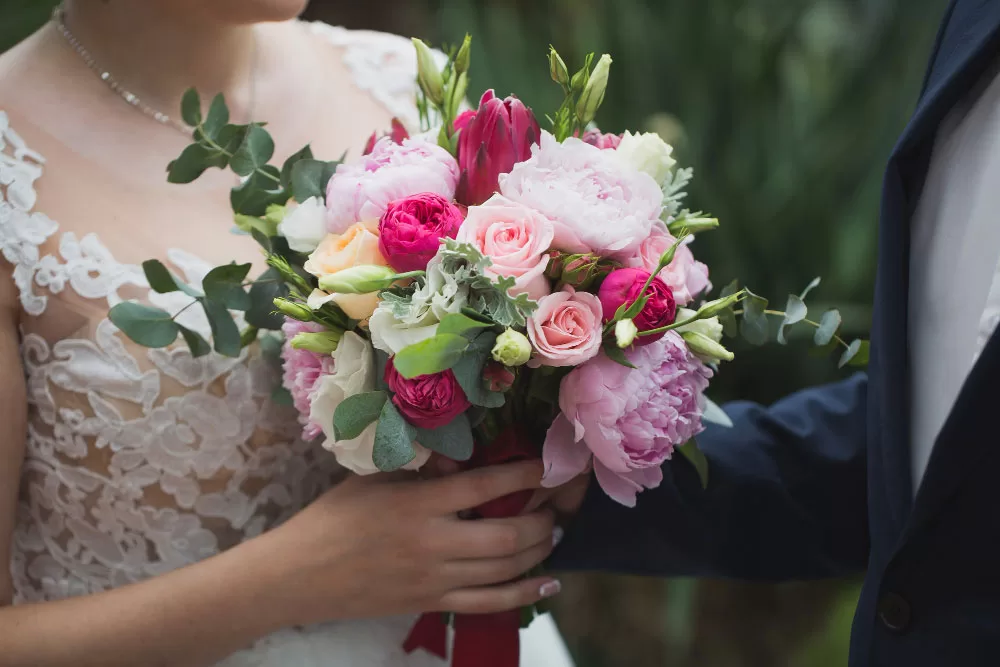The Fascinating Symbolism Behind 8 Beautiful Flowers
Table of Contents
ToggleThe Rose: Symbol of Love and Passion
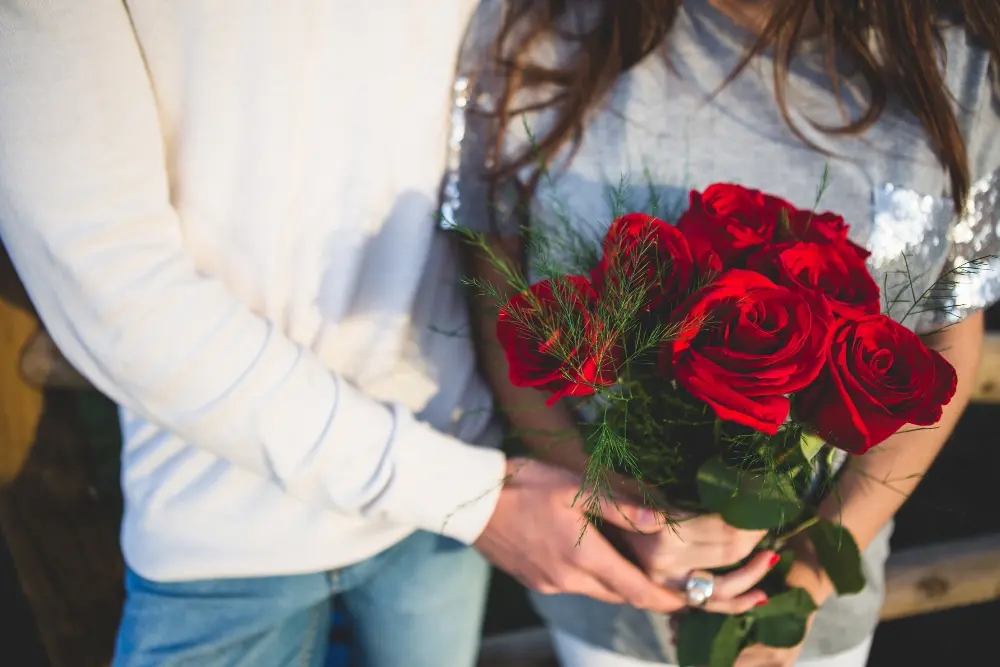
The rose’s symbolism extends beyond romantic love, encompassing themes of beauty, secrecy, and even politics. During the mediaeval period, the rose became a symbol of secrecy, leading to the phrase “sub rosa” or “under the rose” denoting confidentiality.
Roses have also been used in heraldry, representing various royal houses and families. Furthermore, in Christian tradition, the rose has been associated with the Virgin Mary, signifying purity and divine love. Its multifaceted symbolism makes the rose a captivating subject for exploration, offering insights into the complexities of human emotions and cultural narratives.
The enduring allure of the rose lies in its ability to evoke a range of emotions and convey diverse messages. Whether it’s a single red rose flower design expressing passionate love, a yellow rose symbolising friendship, or a white rose representing purity and innocence, this iconic bloom continues to captivate and inspire, making it a timeless symbol of deep human connections and emotions.
The Lily: Symbol of Rebirth and Motherhood
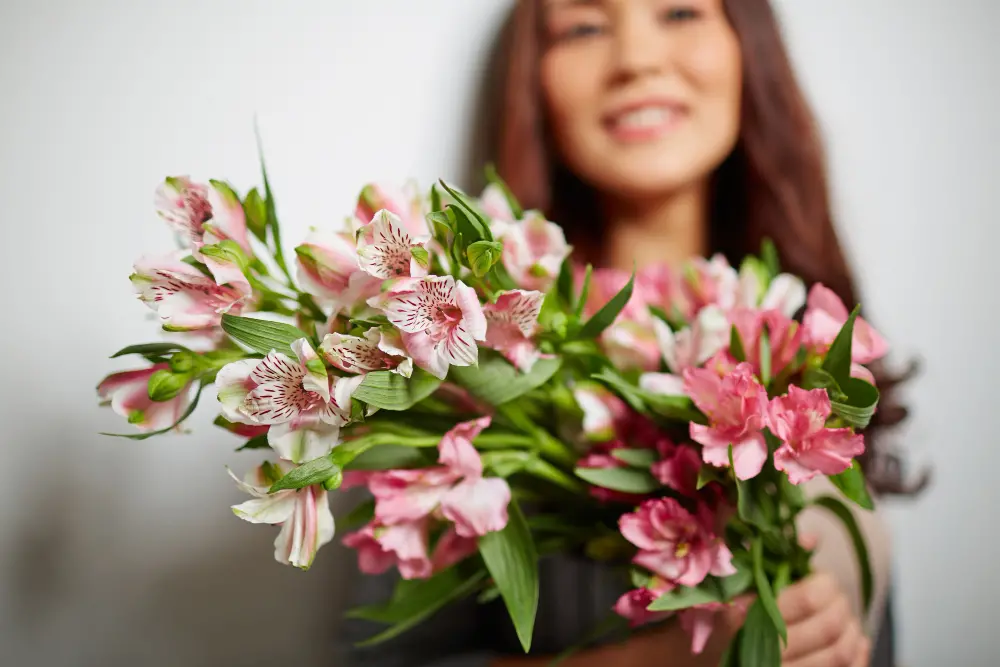
The lily, with its elegant form and delicate fragrance, holds a rich symbolism of rebirth and motherhood. In ancient Greek mythology, the lily was linked to the goddess Hera, symbolising purity and motherhood, while in Christian symbolism, the lily became a representation of the Virgin Mary’s purity and divine grace.
The lily’s association with rebirth and renewal stems from its role in religious and cultural rituals, where it is often used to symbolise the cycle of life and the promise of new beginnings. Its graceful form and captivating fragrance have made it a beloved motif in art, literature, and religious iconography, becoming a symbol of spiritual purity and the enduring legacy of motherhood.
The Tulip: Symbol of Perfect Love and Fame

The tulip, with its vibrant hues and graceful form, holds a symbolism of perfect love and fame that has enchanted cultures and civilisations for centuries. Originating from Central Asia and revered in Ottoman Turkey, the tulip became a symbol of prosperity and the pursuit of perfection. Its diverse colours and striking beauty made it a cherished motif in art, literature, and cultural traditions, symbolising themes of perfect love and enduring fame.
The tulip’s symbolism of fame and prosperity emerged during the “Tulip Mania” in 17th-century Holland, where tulip bulbs became a sought-after commodity, symbolising wealth and status. The tulip’s enduring appeal as a representation of perfect love and fame continues to captivate and inspire, serving as a reminder of the enduring power of love and the pursuit of prosperity.
The tulip’s timeless symbolism as a representation of perfect love and fame resonates with individuals seeking to bring out the richness of romantic connections and the pursuit of enduring recognition. Its universal appeal as a symbol of love and prosperity makes the tulip a cherished bloom that continues to captivate and inspire, offering a profound symbol of enduring love and the pursuit of fame.
Anthurium: Symbol of Love and Romance
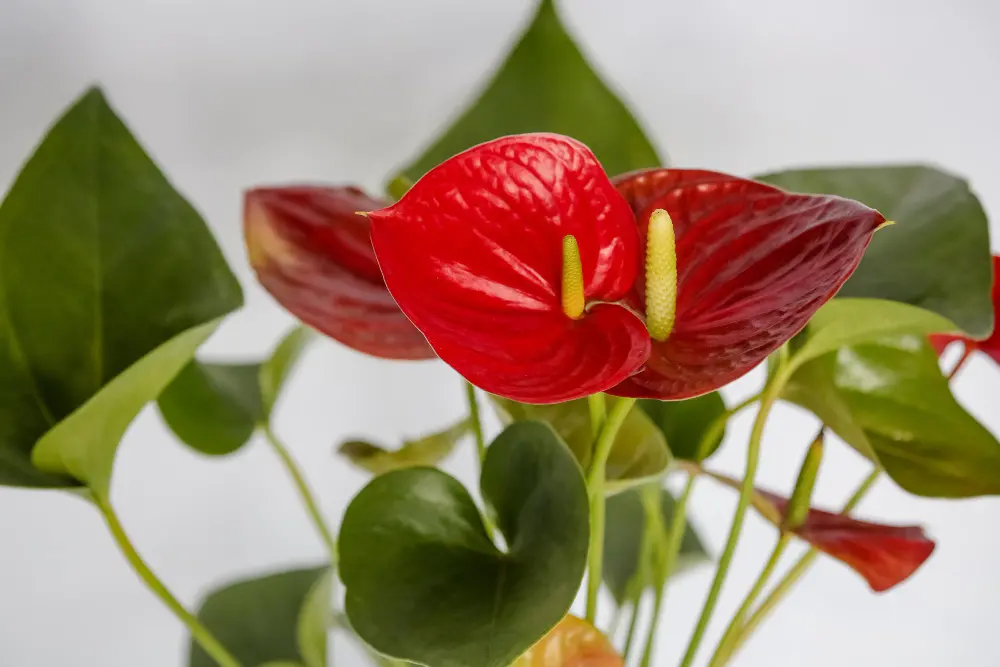
Known for their heart-shaped blooms and vibrant colours, anthuriums are often associated with love, passion, and romance. In fact, their heart-shaped appearance has led to them being called the “flowers of love.” Additionally, anthuriums are believed to bring happiness and prosperity, making them popular choices for gifts and decorative arrangements.
Their striking appearance and unique symbolism make them a favourite choice for weddings, anniversaries, and other special occasions. Whether used in floral arrangements or potted plants, anthuriums convey a message of affection and warmth.
With their diverse meanings and stunning beauty, anthuriums continue to captivate hearts and hold a special place in the world of floral symbolism.
Carnation: Symbol of Fascination and Distinction

With their gorgeous, ruffled petals and vibrant colours, carnations have become a symbol of love, fascination, and distinction. In the language of flowers, each colour of carnation carries its own significance.
For instance, red carnations symbolise deep love and admiration, while pink carnations convey gratitude and affection. White carnations are often associated with purity and good luck, making them a popular choice for weddings and other celebrations.
Carnations are also known for their longevity, making them a popular choice for floral arrangements and gifts. Whether you’re celebrating a special occasion or expressing your condolences, the versatile carnation offers a meaningful way to convey your emotions. Their enduring beauty and rich symbolism have made carnations a favourite among flower enthusiasts and storytellers.
Gerbera: Symbol of Cheerfulness and Purity
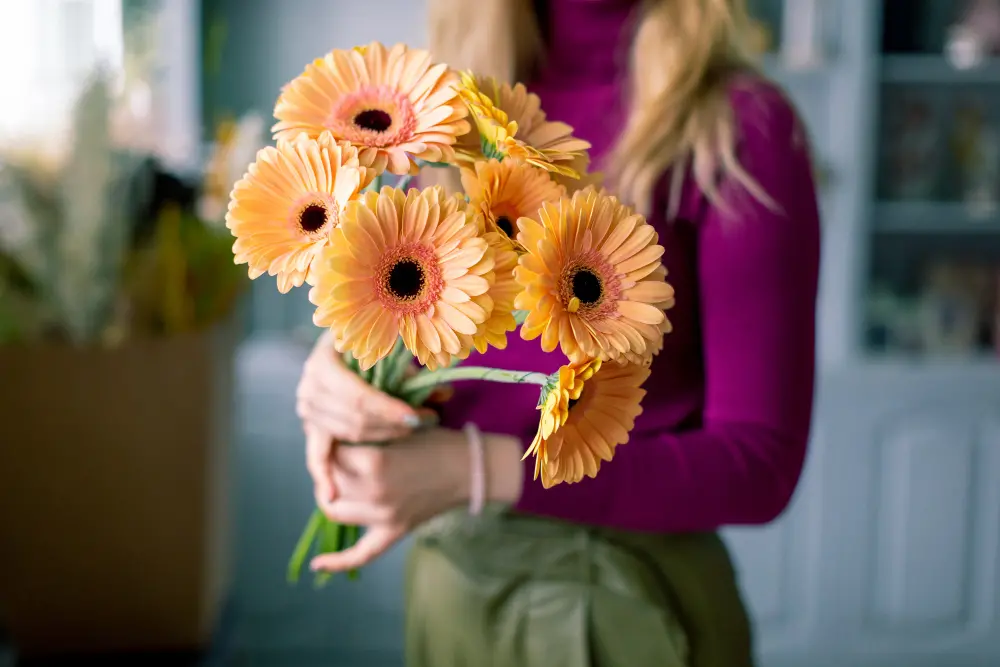
Gerbera daisies are not just beautiful flowers; they also carry a deep symbolism and meaning. These vibrant blossoms are often associated with cheerfulness, innocence, and purity. Their bright and bold colours can brighten up any room and bring a sense of joy and positivity.
The Gerbera daisy is also a symbol of beauty and admiration, making it a perfect choice for expressing affection and appreciation towards someone special. Whether you’re celebrating a special occasion, expressing gratitude, or simply spreading some positivity, the Gerbera daisy is a perfect choice to convey your heartfelt emotions.
Peony: Symbol of Prosperity
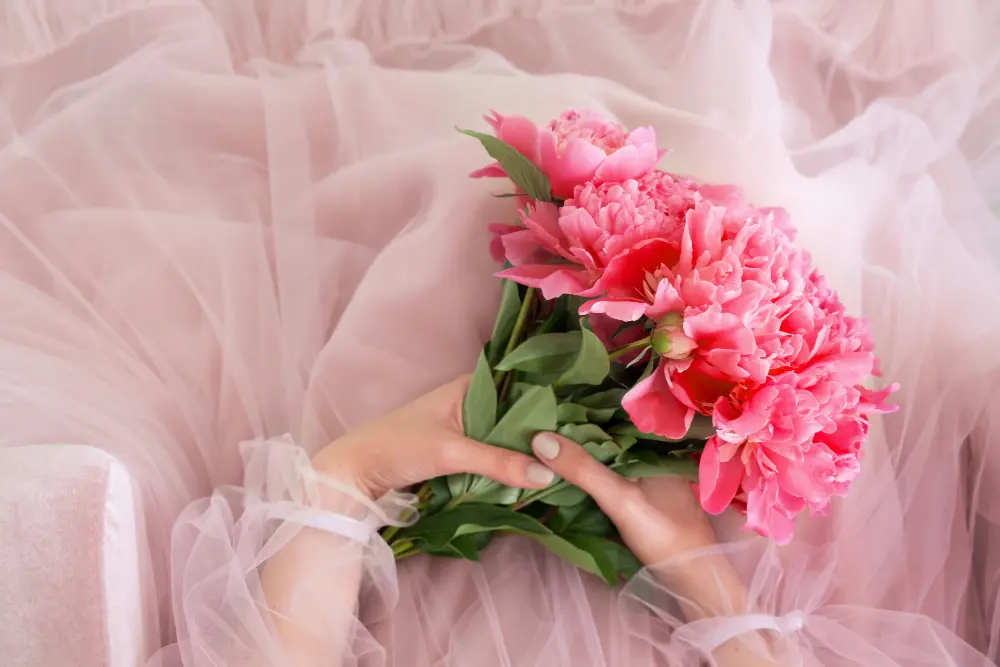
Peonies are a symbol of abundance, prosperity, and good fortune. Their luscious, fragrant blooms have captivated people for centuries with their rich symbolism and meanings. In Chinese culture, the peony is known as the king of flowers and represents honour, wealth, and nobility.
The Japanese also hold the peony in high esteem, associating it with good fortune and bravery. In Western culture, the peony is often seen as a symbol of romance, prosperity, and a happy marriage. The lush, full blooms of the peony are a representation of good luck and good fortune in many cultures around the world.
Hydrangea: Symbol of Gratitude and Abundance.
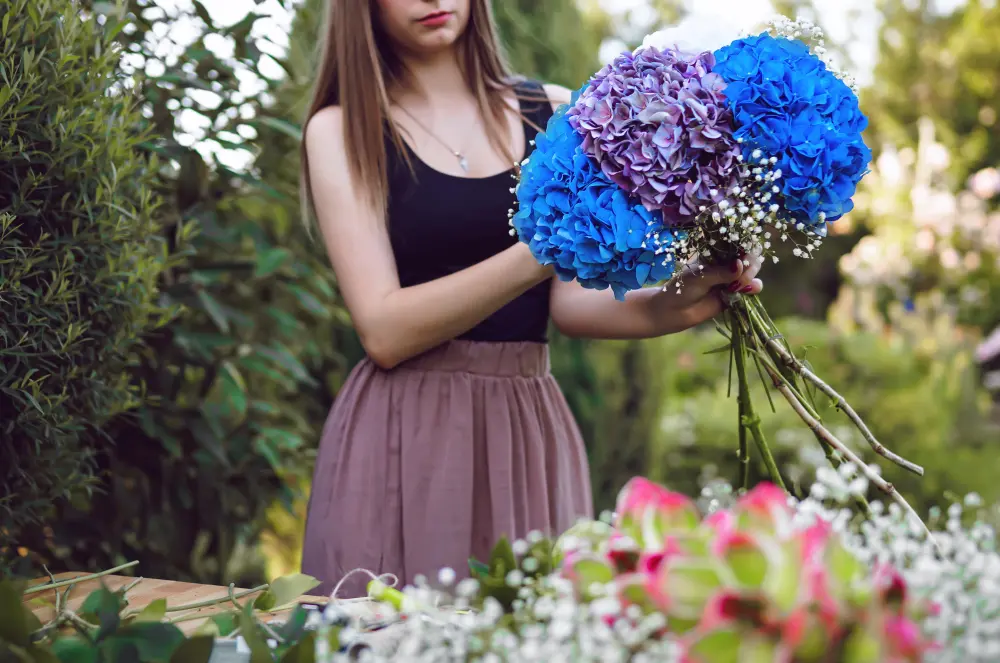
The hydrangea is a symbol of gratitude, abundance, and heartfelt emotions. Its luscious, full petals signify the encompassing nature of heartfelt emotions, making it a perfect gift to express appreciation and thanks.
The range of colours, from vibrant blues to soft pinks, each carry their own symbolism, adding depth to the flower’s meanings. In some cultures, hydrangeas also represent apology and forgiveness, making them a powerful symbol of reconciliation and understanding.
The hydrangea’s diverse symbolism makes it a versatile and meaningful addition to any bouquet or garden. Whether you’re celebrating a joyous occasion or seeking to convey heartfelt sentiments, the hydrangea offers a rich tapestry of meanings to complement any message.
Profound Language of Flowers
In this immersive journey through the symbolism of 8 beautiful flowers, with this knowledge you can shop for flowers which are appropriate for your festivity needs. From the passionate allure of the rose to the spiritual symbolism of the lotus, each flower carries a unique message, woven into the tapestry of human emotions and aspirations.
As we deepen our appreciation for the intricate language of blooms, we’re reminded of the enduring power of nature to convey profound messages of love, purity, resilience, and beauty. Whether it’s the delicate elegance of the lily or the vibrant symbolism of the sunflower, each bloom serves as a timeless emblem, carrying messages of hope, adoration, and renewal across different societies and eras.


